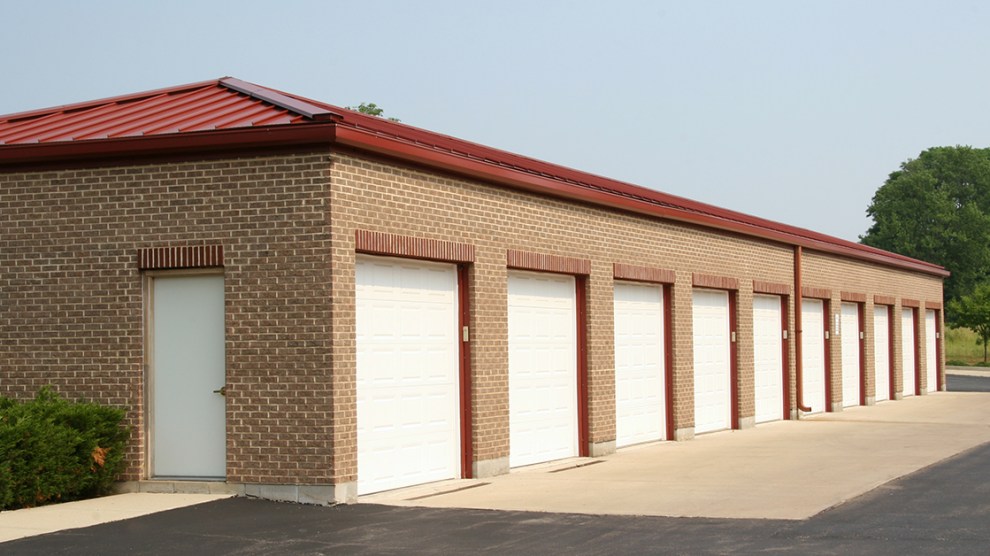Elevated Demand Continues to Drive Self Storage Growth
The sector continued its solid rent performance in August, with all major markets once again seeing improvement on an annual basis.
Report Highlights:
- National street rates increased 9.4% for 10×10 NON CC and 10.6% for 10×10 CC units year-over-year
- Rates for both 10×10 NON CC and CC units stayed flat month-over-month in August
- Development activity remained robust, with the new-supply pipeline accounting for 8.6% of total inventory
Self Storage Rents Show Signs of Cooling
Thanks to continued demand across the country, the self storage sector maintained steady performance in August. National street rates for 10×10 non-climate-controlled units rose 9.4% year-over-year, reaching a historical high of $128. While the national average rate for same-sized climate-controlled units grew 10.6 % to $146, just short of the record high of $147 recorded in August 2016.
Although the storage sector continues to be resilient, its upward momentum seems to be losing steam in the second half of the year, as street rates across the country remained flat on a month-over-month basis in August.
Nonetheless, all top markets saw positive rent growth for both unit types year-over-year in August, with Miami still leading growth. The metro saw rates increase 20.1% for 10×10 non-climate- and 17.2% for climate-controlled units of similar size. The most modest rent growth was recorded in Minneapolis, with a 1.8-% rise in rates for 10×10 non-climate-controlled units and an uptick of 2.4% in 10×10 climate-controlled units.
Elevated Demand Sustains Growth in the Inland Empire and Atlanta
The Inland Empire’s self storage market continued to benefit from the regions strong growth driven by the industrial sector. On a year-over-year basis, the Inland Empire saw rates for 10×10 non-climate-controlled units climb 13.6% to an average of $174, while the average rate for the same-sized climate-controlled units was $134 in August, up 16% compared to August 2020.
Despite having an inventory of 8.3 net rentable square feet per person, below the 6.8 national average, Atlanta seems to be well-equipped to withstand the pressure of elevated levels of storage supply. Thanks to high population increases and Atlanta’s growing allure among tech firms, Atlanta’s storage sector is well positioned to continue growth. Year-over-year in August, street rates for 10×10 non-climate-controlled units increased 14.6%, while rates for 10×10 climate-controlled units saw a 15.2-% uptick.
Development Activity Remains Strong on a National Level
Although the new-supply pipeline remained flat in around half of the top markets from July to August, development activity continued to increase on a national level. Nationwide, projects under construction or in the planning stages accounted for 8.6% of existing stock, up 20 basis points over the previous month.
While New York continues to lead the nation in constructions, with the new-supply pipeline accounting for 18% of total inventory, Columbus, Ohio recorded the largest uptick in development activity on a month-over-month basis. The midwestern metro’s new-supply pipeline accounted for 5.8% of existing stock, up 100 basis points from July to August. With only 6.4 net rentable square feet storage space available per capita, the metro has room to accommodate an increase in storage supply.
Read the full Matrix National Self Storage Monthly-September 2021
Watch the video below for our September self storage supply and rent recap!











Add Comment